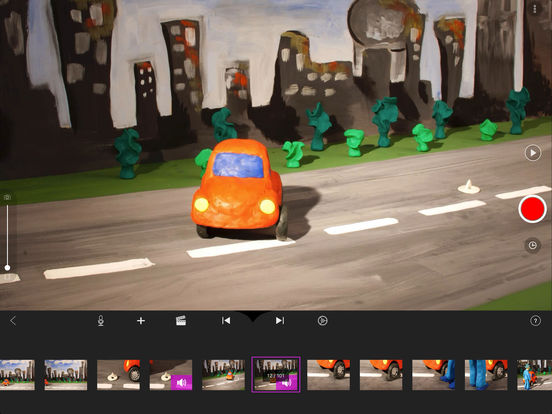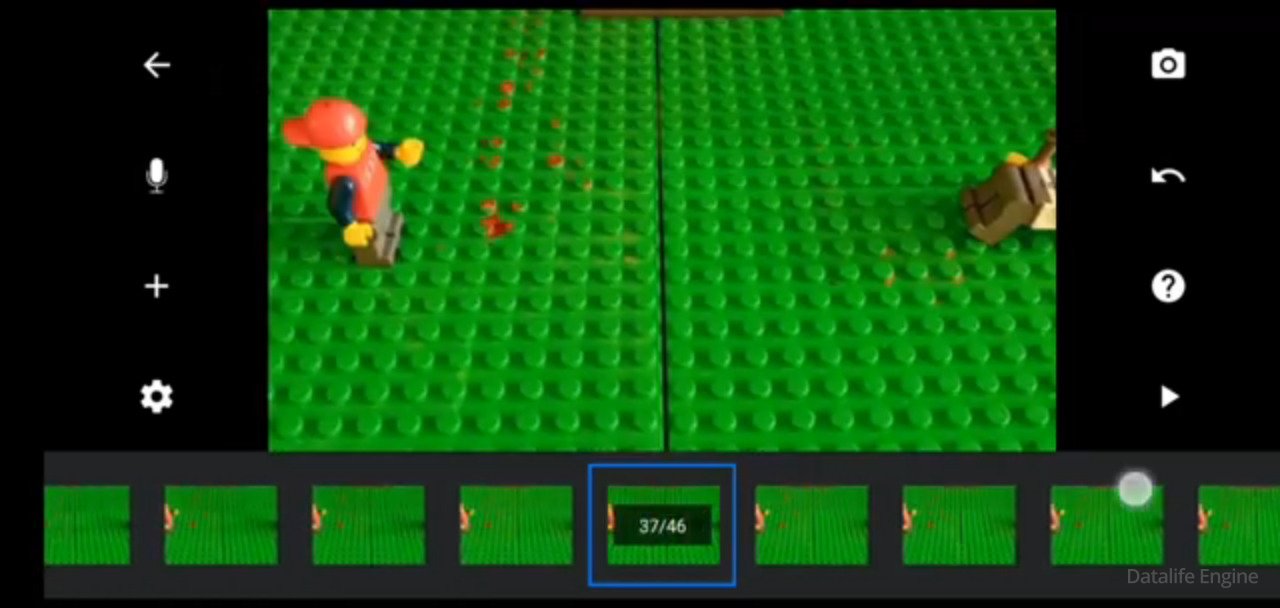

- #STOP MOTION STUDIO PRO PC HOW TO#
- #STOP MOTION STUDIO PRO PC UPDATE#
- #STOP MOTION STUDIO PRO PC ANDROID#
NEW Wondershare Filmora X V10.5 Wondershare Filmora X Update from Wondershare Filmora on Vimeo.įrequently Asked Questions 1. Congratulations! You have successfully created the stop motion animation.Įxport the video and amaze your visitors by uploading it to your social media sites. Adjust the image duration between 0.2 to 0.5 seconds.ĭrag and drop all the images to the timeline and click the Play button to let the magic happen. Also, you can adjust it according to your requirement, for example, you can make it to 12 fps if you want the audience to pay more attention to the slow motion style.įrom File - Preferences tabs, select the Editing option. If you have captured 24 images, then adjust the frame rate to 24 fps. Import the shots that you have captured for stop motion video.įrom the Project setting Option, adjust the frame rate as per the number of shots you have captured. If you have already installed Filmora X on your system, open it. Repeat this until you have captured at least 24 shots for 24 frames.
#STOP MOTION STUDIO PRO PC HOW TO#
Let's dig deep to learn about how to create stop motion in Filmora:Ĭapture the movement of an object frame by frame. In this handy guide, we'll guide you on how you can make your video more eye-catching using stop motion animation. You might be wondering how to create stop motion using Filmora X. Step-by-step guide of creating stop motion with Filmora If you want to make a film like Wallace and Gromit for YouTube, it's an amazing app to try. Stop Motion Studio is an award-winning app used to create stop-action movies with unique features.
#STOP MOTION STUDIO PRO PC ANDROID#
Top 5 Stop Motion Apps for IOS and Android #1. Top 5 Stop Motion Softwares for Window/Mac Top 5 Stop Motion Apps for IOS and Android In these films, scenes of the characters were created frame by frame, as artists move centimeter by centimeter for each shot to imitate movement, speaking dialogue lines, and having finite facial expressions. On the other hand, stop motion graphics and videos are pretty simple to create and implement when using them for video marketing strategy.įilms like The Nightmare before Christmas (1990), the Wallace and Gromit (1993), and Coraline (2009) have popularized this style of animation. The reason behind using stop motion is that feature-length films can be monotonous and not budget-friendly. You might be wondering why you should use stop motion in the era of CGI animated filmmaking. Traditional animation is 2D and mostly hand-drawn, but stop motion is photography turned into 3D animation. It is similar to traditional animation that is also a frame-by-frame process. In this technique, a camera is started and stopped frequently, frame-by-frame, to give motionless objects and figures the illusion of movement. Now, it’s completely integrated.Stop motion is a filmmaking technique that captures still images frame by frame and conveys a narrative in a video animation. This feature was technically present in earlier versions of Anime Studio, but it required enough technical knowledge to run a Python script.

This works without any hiccups, but note that Poser’s OBJ format is required for its complete scenes you can’t just import textures and models from Poser on a piecemeal basis. Once you bring the scene into Anime Studio, you can then add a bone structure to this 3D figure and animate it on the screen. This is highly useful for artists and animators, and now these scenes can be imported into Anime Studio. Unlike Anime Studio, Poser is a widely-used app in the animation business, as it lets people create three-dimensional figures and “pose” them in a 3D background. New in Anime Studio Pro 7.0 is integration with another Smith Micro product, Poser. This makes animating a character fun and intuitive, whether it’s one of Anime Studio’s default characters or something new that you create Both the Debut and the Pro versions Anime Studio use a bone-based interface, meaning you animate a character by moving its underlying skeletal structure, similar to how you’d move a clay figure in real life stop motion animation.


 0 kommentar(er)
0 kommentar(er)
